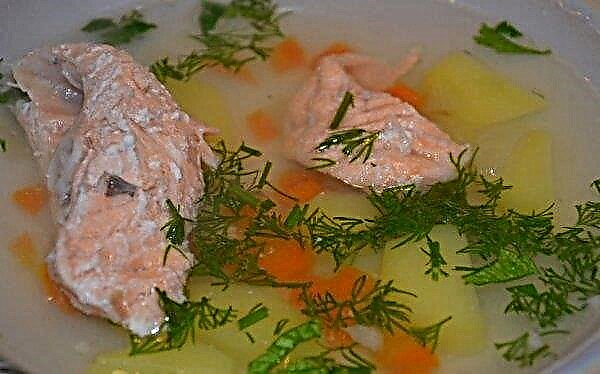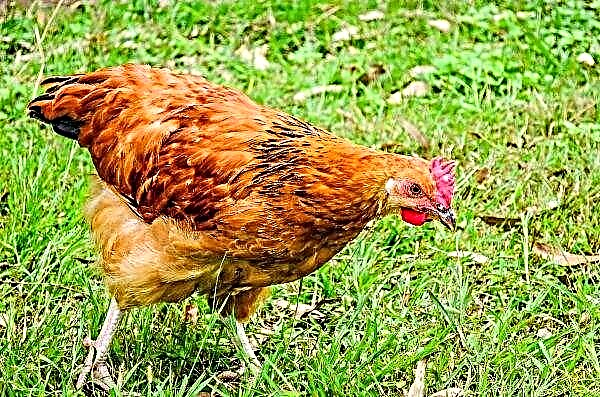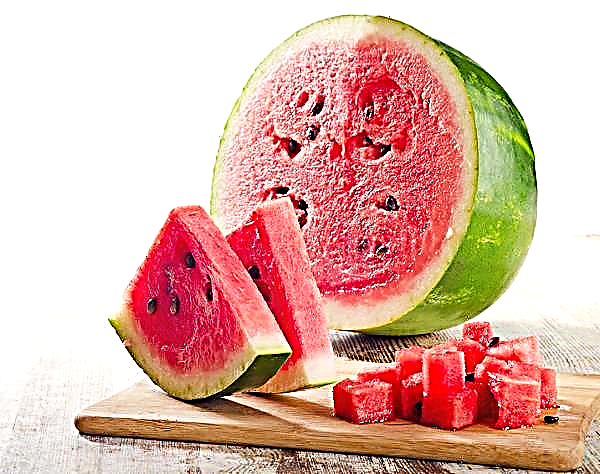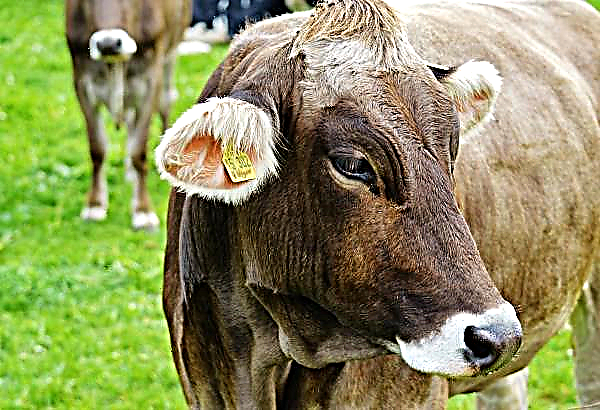Many people, even those who are not involved in beekeeping, have probably heard of drones, but they have no idea what the bees need them for. Basically, many people are familiar with the exclusively parasitic side of this insect's life: it does nothing and is quite gluttonous. Despite this fact, each bee family holds several such representatives. So why drones exist and what is the meaning of their life, let's understand.
Biological Description of the Insect
The drone is a representative of the male bee family, whose main task is to fertilize the uterus. External data of a male bee is very different both from the uterus and from working bees. The male is much larger. Its length is 16–18 mm and its weight is 250–270 mg. The insect has large eyes in contact with each other and well-formed wings, but the honey nose is not developed and is small in size. Moreover, this organ is so small that outside the house he will not provide himself with food.
The male also lacks the brushes with which the working individuals collect pollen. And the baskets and scallops, in which nectar is carried, are in their infancy. The bee male does not have glands that are necessary for the production of milk and wax. The bee’s weapons are also missing - the sting, therefore such individuals are completely defenseless. Only those organs that are needed for intercourse with the uterus are well developed in the male. The strengths of the drone are:
The strengths of the drone are:
- sharp vision;
- high flight speed;
- excellent sense of smell.
The role of the drone in the bee family
As already mentioned, the main purpose of the male bee is the insemination of the uterus. Drones are selected genetic material for reproduction. In the seminal fluid is laid its biomaterial and only half belongs to the bee. Science considers the bee male to be a seed bank, and the uterus already plays the role of the nurse.
Did you know? Bees never mate over bodies of water. Falling into the water, the uterus is not able to fly up.
In fact, males have other functions that they perform in the family:
- Thermal barrier and temperature support. The males in the hive protect the bees from the cold. When it gets colder on the street, they are placed near the entrance (opening for the departure of bees), stray into a lump and cover brood with their bodies. Thus, they protect future bees from death. This behavior is evaluated as a sacrifice for the sake of a generation. Since males die after a certain time, such a contribution to the future of the hive is estimated as quite significant.
- Stimulation of working bees. It is believed that such a lazy insect mobilizes workers to work. Beekeepers note that if you remove the entire drone brood, the family will be worse at collecting honey.
- Uterus protection in flight. Taking off for mating, the queen bee becomes easy prey. Drones protect it from predators by sacrificing themselves.

Life cycle
In early spring, all the bees' powers are aimed at obtaining offspring. The uterus lays inseminated and unfertilized eggs. Drones are derived from the latter. Since these insects are significantly different in size from others, separate cells are built for them. The egg develops in 3 days, and the larva - in 7. First, the brood feeds on the mother’s milk, from the third day they enter the bee bread and honey. On the tenth day, brood cells are printed.
Important! Since bee inseminators cannot provide for themselves, in the fall they die from cold and hunger.
Two weeks later, the larva passes into a chrysalis. The insect hatches after 24 days. Another 10-12 days are spent on maturity. The male bee does not live long - 2 months. During this time, he eats food 4-5 times more than an ordinary bee. Those drones that live to see the end of summer are in for a sad fate. With the onset of cold weather, the bee family gets rid of dependents. Bees push them to the entrance and push them out into the street.
Why does the male die after fertilization of the uterus
Drones mature at 10-12 days after hatching. Then they are ready for fertilization. During intercourse, the male’s sexual organ turns out, as a result, the internal partitions of the penis become external. Such twisting ends with twisting of the bulb. The tubules in this case bend down.
When fertilization occurs, the penis enters the capsule of the sting of the uterus, and the lateral tubules pierce the copulative departments. This situation makes it possible to keep the female during intercourse in free flight. As soon as the sexual process is over, the penis turns out completely, comes off and the male dies.
Why do bees kick out drones
Closer to autumn, the number of flowering plants is reduced, and this process negatively affects the result of the swarm - the nectar in the storage becomes smaller. Feeling a lack of nutrition, working bees are trying to get rid of excess eaters. They feel the cold and simply stop feeding the drones and push them out. When males are driven out of the hive, they try to penetrate back, but the swarm does not let them in. And this is how the fertile individual becomes obsolete, which is completely powerless before working bees and is not adapted to independent existence. Some individuals manage to winter in the hive, but in the spring they are still disposed of.
When males are driven out of the hive, they try to penetrate back, but the swarm does not let them in. And this is how the fertile individual becomes obsolete, which is completely powerless before working bees and is not adapted to independent existence. Some individuals manage to winter in the hive, but in the spring they are still disposed of.
Important! Drones do not winter well even in the hive, they become weak, and, as a rule, die in a month.
When the male is expelled, assess the position and perspective of the family. The greater the number of inseminated, the lower the fertility of the uterus. We figured out the name of the bee male, and found out that all representatives of the bee family are important and each fulfills its role. Despite the fact that the drones are insatiable and lazy creatures, they carry out a special mission, without which the existence of a bee family is impossible.












